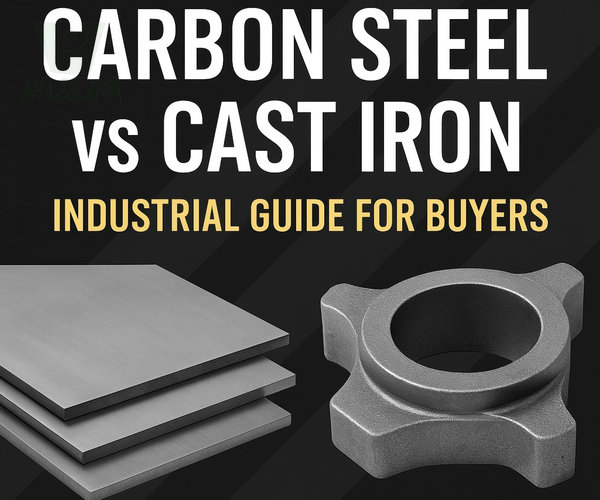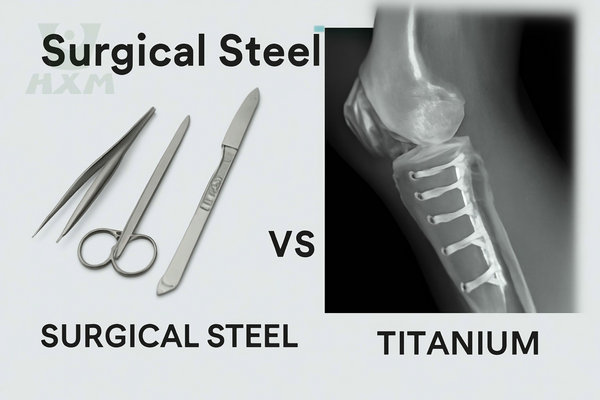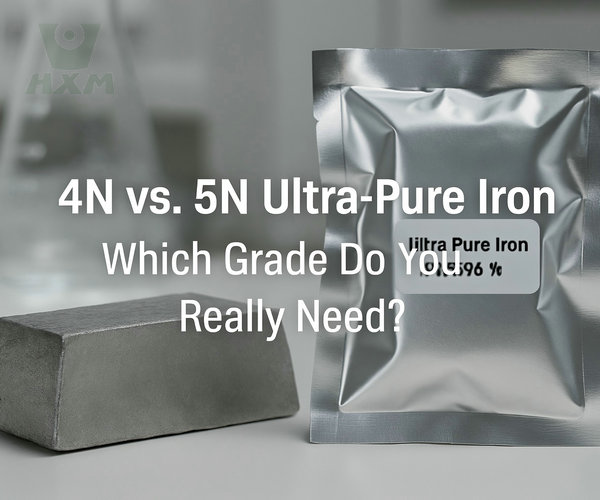In the field of modern engineering, the development of materials science has had a profound impact on the technological progress of various industries, and high strength steel, as one of the key materials, is increasingly receiving widespread attention and application. Its superior mechanical properties and diverse applications make it an indispensable part of engineering design. We are a Chinese steel supplier that has been providing high-strength steel for more than ten years.
This article will deeply explore the wide range of application fields and various types of high-strength steel, from the automotive industry to aerospace, from construction engineering to oil and gas extraction, and show them one by one. Importance and value of high strength steel in different fields. Through the elaboration of this article, readers will be able better to understand the role of high strength steel in various industries and have a more comprehensive understanding of its potential and development direction.
If there is anything you don’t understand, you can contact us directly!
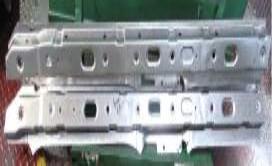
What is the High Strength Steel?
High strength steel is a type of special steel with excellent mechanical properties, which plays an important role in the engineering field. Its main characteristics are high yield strength and tensile strength, usually with higher strength levels than ordinary carbon steel or low alloy steel. The development of this material has been driven by advanced smelting techniques and alloy design, allowing it to perform well in a variety of applications.
Applications of High Strength Steel
The versatility of HSS allows it to be a cornerstone material in the world’s most demanding industries.
Automobile industry: High strength steel is widely used in automobile manufacturing to reduce body weight and improve crash safety.
Construction Engineering: Used in bridges, building structures, and other projects that need to withstand large loads.
Aerospace: Structural components for aircraft and spacecraft need to be lightweight yet strong, and high-strength steel plays a key role in this.
Shipbuilding: Hull structures and ship equipment require corrosion resistance and high strength, so high-strength steel is common in shipbuilding.
Oil and gas extraction: used for oil well pipelines and other equipment operating in harsh environments.

Types of High Strength Steel
Understanding the different categories of HSS is key to selecting the right material for your needs.
Carbon Steel:
Features: Carbon steel is a steel material containing a high proportion of carbon elements. By controlling the carbon content and heat treatment process, high-strength carbon steel of different strength levels can be obtained.
Application: Commonly used in automobile manufacturing, building structures, and other fields, it has good processability and relatively low cost.
Alloy Steel:
Features: Alloy steel adds other alloying elements (such as chromium, nickel, molybdenum, etc.) to basic carbon steel to improve the properties of the steel, such as improving corrosion resistance, fatigue resistance, etc.
Application: Widely used in automotive parts, aerospace devices, and other applications that require strength and durability.
Weathering Steel:
Features: Weathering steel has good weather resistance and can be used in the atmosphere for a long time without losing strength, mainly because the oxide layer formed on the surface can effectively prevent further oxidation.
Application: Commonly used in outdoor structures, bridges, and other places that require long-term exposure to the natural environment.
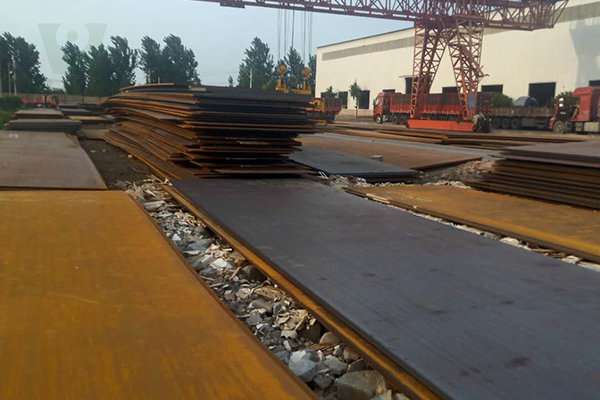
High Strength Low Alloy Steel (HSLA):
HSLA steels are a popular choice, offering a significant strength improvement over carbon steel with only minor additions of alloying elements. They are known for their excellent weldability and formability.
Key Characteristics: Good fatigue resistance, superior toughness.
Common Grades: S355, S420MC, S500MC
Primary Applications: Structural sections for buildings and bridges, heavy-duty vehicle chassis, pipelines, and offshore structures.
Advanced High-Strength Steel (AHSS)
AHSS is a newer generation of steel developed primarily for the automotive industry. These complex, multi-phase steels undergo precise thermal-mechanical processing to achieve exceptional strength-to-weight ratios.
Key Characteristics: Extremely high strength, designed for superior crash energy absorption.
Common Types: Dual Phase (DP), Transformation-Induced Plasticity (TRIP), Martensitic (MS) Steels.
Primary Applications: Automotive safety components like B-pillars, bumpers, roof rails, and chassis parts.
Ultra-High-Strength Steel (UHSS)
As the name suggests, UHSS represents the pinnacle of steel strength, often with tensile strengths exceeding 1000 MPa. It is used in applications where maximum strength and rigidity are non-negotiable.
Key Characteristics: Maximum strength and anti-intrusion properties.
Primary Applications: Advanced automotive safety cages, ballistic protection, and specialized aerospace components.
Austenitic Stainless Steel:
Features: Austenitic stainless steel has good corrosion resistance and can maintain excellent corrosion resistance under high-strength conditions.
Application: Commonly used in marine engineering, chemical equipment, and other occasions that require high corrosion resistance.
Why Choose High-Strength Steel? The Core Benefits
Opting for HSS in your project unlocks a range of competitive advantages.
Significant Weight Reduction: Achieve superior strength with less material. This leads to lighter end-products, which is critical for improving fuel efficiency in vehicles and reducing structural load in buildings.
Enhanced Safety and Durability: The high energy absorption capacity of HSS makes it ideal for safety-critical components, such as automotive crash zones. Its robustness also guarantees a longer service life and resistance to wear and tear.
Greater Design Flexibility: With HSS, engineers can design more complex and intricate parts that were not possible with milder steels, pushing the boundaries of innovation.
Improved Cost-Effectiveness: While the initial material cost may be higher, the ability to use less steel (thinner gauges) often results in lower overall project costs, including transportation and assembly.
Choosing Your High-Strength Steel Partner: Why Huaxiao Metal?
Selecting the right material is only half the battle. Your choice of supplier is equally critical to your project’s success. At Huaxiao Metal, we are more than just a supplier; we are your strategic partner.
Unmatched Expertise: Our team possesses deep technical knowledge of all HSS grades and can guide you to the optimal solution for your application.
Quality Assurance: We adhere to the strictest international quality standards, ensuring every product we deliver offers consistent performance and reliability.
Custom Solutions: We can provide high-strength steel in various forms, including coils, sheets, plates, and custom-cut profiles to meet your exact specifications.
Global Supply Chain: With a robust logistics network, we deliver on time, every time, no matter where your project is located.
Are you ready to harness the power of high-strength steel? Our team of experts will help you select the right material and provide a competitive quote.
FAQ
Can I weld high-strength steel?
Yes, most HSS grades, especially HSLA, are designed for excellent weldability. However, specific procedures and welding consumables may be required, particularly for AHSS and UHSS, to maintain the material’s properties. Our technical team can provide guidance on this.
How do I know which grade of high-strength steel is right for my project?
The best grade depends on your specific requirements for strength, formability, weight, and cost. We highly recommend contacting our technical sales team to discuss your project. They will help you navigate the options and make the best choice.
What is the main difference between HSLA and AHSS?
The primary difference lies in the microstructure and manufacturing process. HSLA steels are relatively simple alloys, while AHSS are complex multi-phase steels created through advanced thermal-mechanical treatments, resulting in much higher strength levels, especially for automotive use.
Summarize
As a key material, high-strength steel has shown great application potential and a wide range of application scenarios in the field of modern engineering. Through the discussion in this article, we can draw the following conclusions:
First of all, high strength steel has excellent mechanical properties, including high yield strength and tensile strength, and can meet the requirements for strength, durability and safety in engineering design.
Secondly, high-strength steel has important applications in many fields. In the automotive industry, it can reduce body weight and improve collision safety; in construction engineering, it can increase structural stability and load-bearing capacity; in the aerospace field, it can achieve lightweight design and improve flight performance.
In addition, different types of high-strength steel have their characteristics and applicable scenarios, such as carbon steel, alloy steel, weathering steel, HSLA, etc. Engineering designers can choose the most appropriate material type according to specific needs.
Finally, with the continuous development of engineering technology and the continuous improvement of material properties, the application prospects of high-strength steel will be broader. Through continuous research and innovation, high-strength steel will continue to provide reliable support for engineering design and manufacturing in various fields, promoting the progress and development of the engineering field.
To sum up, high-strength steel not only plays an important role in today’s engineering field but will continue to play a key role in the future, providing a solid foundation and reliable support for the realization of various engineering projects. If you need to buy high-strength steel, please contact us!

